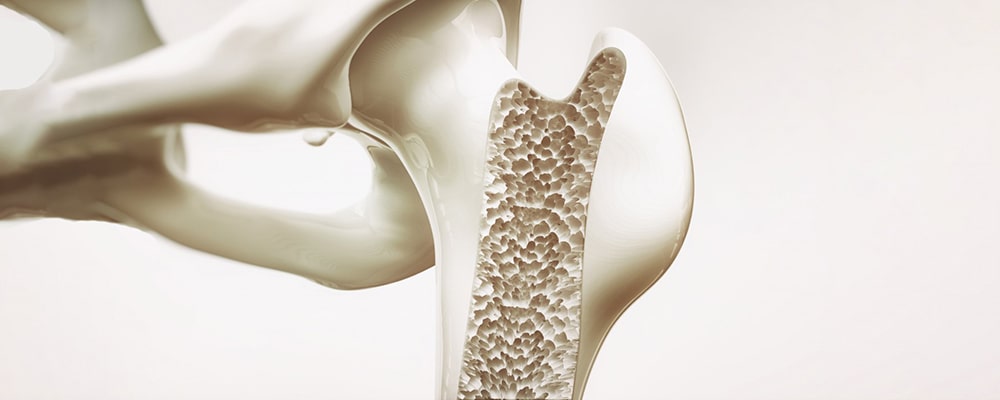
What is osteoporosis?
Bone is a living tissue that is constantly fractured, replaced and improved by osteoporosis. Osteoporosis occurs when new bone formation is not associated with the removal of old bones. Bone marrow occurs on men and women, but more common in women, especially white women and Asian women, as well as older women who are at risk of menopause.
Symptoms of osteoporosis
Usually in the early stages of osteoporosis, there are no symptoms, but when your bones are weakened by osteoporosis, there may be signs and symptoms that include:
- Back and waist pain caused by a broken or torn nut
- Continuous reduction of height
- Bending waist
- A fracture of the bone is much easier than expected
The causes of osteoporosis
- Low estrogen in women
- Low testosterone levels in men
- Hormonal disorders
- Lack of calcium
- Vitamin D deficiency
- Lifestyles Lifestyle
- Thyroid conditions
- Cigarette
- Medicines
- Medical conditions
The most common causes of osteoporosis
- Age:
As the age increases, bone density gradually decreases in both sexes. So that from the age of 40 bone density decreases by up to 1% per year. - Gender:
The disease is more common in women due to low bone mass and menopause. Women aged four to five times more likely to develop osteoporosis than men. - Menopause and reducing sex hormones:
Sex hormones play an important role in bone strength. Therefore, any factor, including menopause, which lowers these hormones, accelerates osteoporosis.
- Inheritance:
In the event of a history of osteoporosis in close relatives, including a parent, mother, sister and brother, the risk of developing this disease is doubled. - Race:
The Asian race and people with clear skin and hair are more prone to the disease. - Associated illnesses:
- Some diseases such as chronic liver and kidney disease, type 1 diabetes, increased thyroid hormone and parathyroidism, sexual hormonal disorders, chronic diarrhea and malabsorption disorders, anorexia nervosa, organ transplantation and some cancers increase the risk of this disease. To be
taking medication:
Long-term consumption of corticosteroids, antiepileptic drugs and medicines used to treat thyroid disease cause the disease. These types of medications should be taken with your doctor and, if necessary, with supplementary medications such as calcium and vitamin D.
- Low activity:
Exercise increases bone growth, especially in children and adolescents. Exercise and physical inactivity are effective in developing this disease.
- Diet:
Calcium makes bones strong. Vitamin D is also the key to causing calcium to enter and strengthen the bones. - Tobacco use and alcohol:
Tobacco use includes cigarettes, hookahs and … imbalances in calcium uptake and bone formation, early menopause, weight loss and the destruction of sex hormones that can aggravate this disease.
Types of Osteoporosis
Type 1
This type generally occurs in postmenopausal women. In this condition, the amount of estrogen in the body decreases sharply, which causes the loss of the bone. This type of osteoporosis is widespread in women and develops between the ages of 50 and 70.
Type 2
This type is generally seen after the age of 70 and makes women twice as likely as men. Type 2 osteoporosis involves thinning the trabecular bones and the cortical bone bone in the com hard region. This type often results in hip fractures and vertebral fractures.
Who are most likely to have osteoporosis?
- Women
- Elderly
- People with smaller organs
- Whites skins
- Those who have a history of the disease in the family.
- People who suffer from low levels of sex hormones
- People with thyroid hormone problems.
- Those who have a permanent lack of calcium.
- Those who do not have the right nutrition
- Those who have low mobility
- Those who use too much alcohol and tobacco
Osteoporosis diagnostic procedures. Radiography and photographic techniques
- Bone density measurement techniques
- Sampling of bone tissue
- Measurement of bone biochemical markers
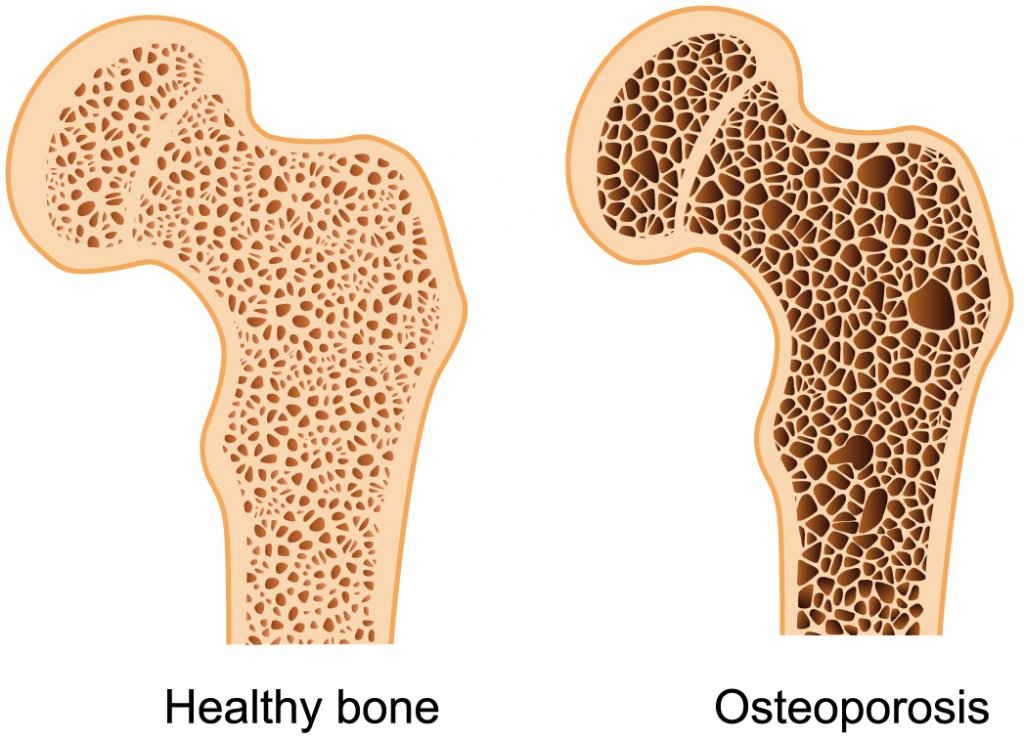
Complications of osteoporosis
The most important complication of this disease is the self-development of fractures in:
- spinal cord
- Neck
- Hip bone
- Forearm
How to prevent osteoporosis?
- Exposure to direct light
- Use calcium and vitamin D sources sufficiently in the diet
- Avoid smoking
- Regular exercise
- The inclusion of cereals, dairy products, legumes, vegetables, fish and fruit in the diet
- Take 3 glasses of milk or low-fat yogurt daily
- Avoid drinking or drinking coffee
- Drinking water at a daily rate of 86 glasses
- Eating foods like fish, liver and eggs
- Walk at least three times a week for 20-30 minutes
Osteoporosis treatment
- Incorporate enough calcium into your diet, enough calcium can help prevent and treat osteoporosis. Use these guidelines. The best way to absorb calcium is to eat calcium-rich foods. These foods include:
- Dairy products like low-fat milk
- Low-fat yogurt and cheese
- Soft bones such as canned salmon and sardines
- fresh vegetables
- Dehydrated
- Beans
- Soya
- Ask your doctor how much calcium you need and how much calcium you have in the foods you eat.
- Vitamin D is vital for calcium intake. Good sources of vitamin D are fatty fish and sunshine. Avoiding excessive salt, protein, cellulose is necessary.
- If you cannot eat milk, eat dairy foods that are easy to digest.
- Hormone therapy can prevent and treat osteoporosis.
- Make exercises that are less tolerant of the body weight that they are:
- Walking
- Slow down
- Exercise
- Tennis
- Aerobic


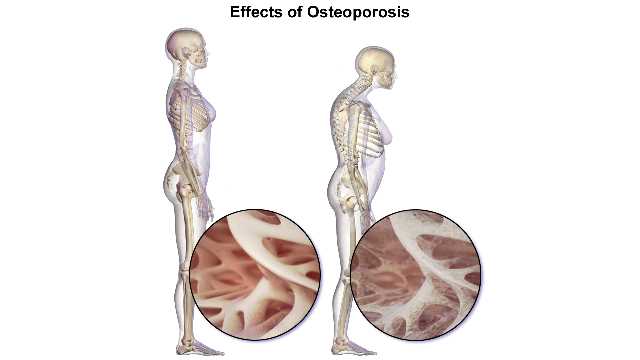
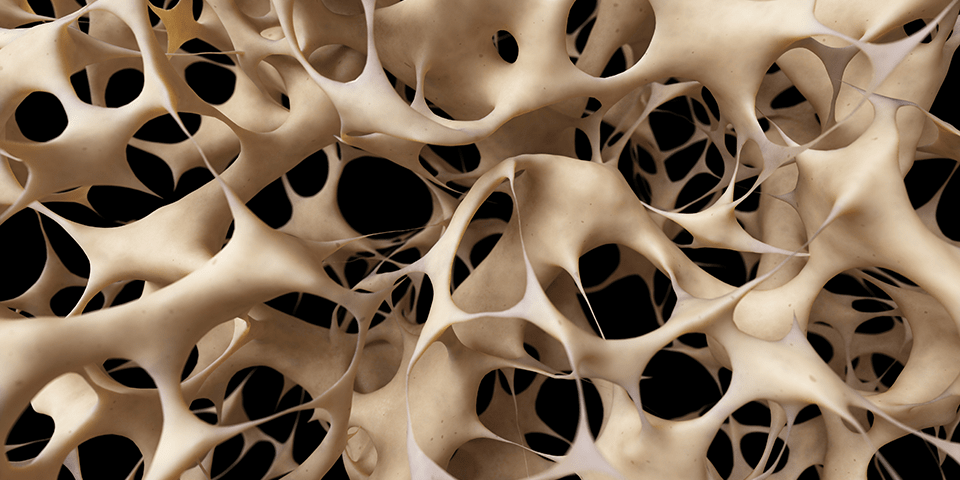

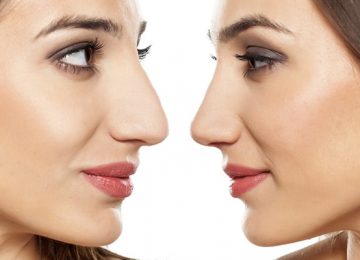
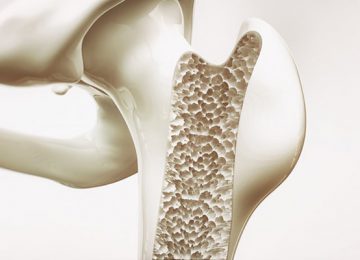
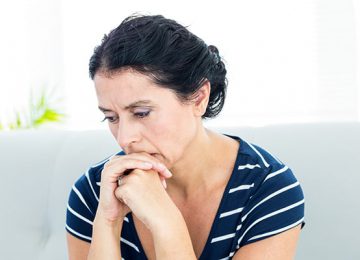
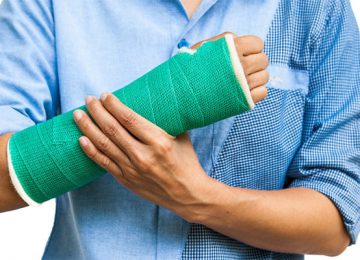
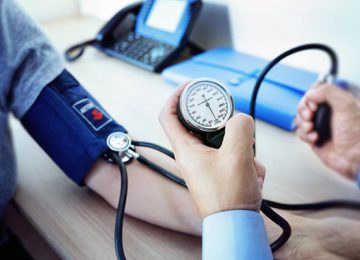
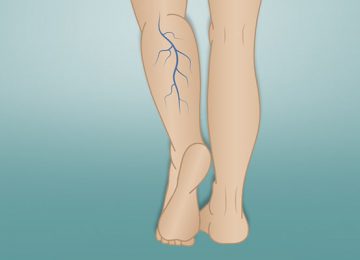
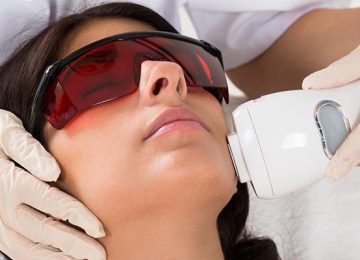


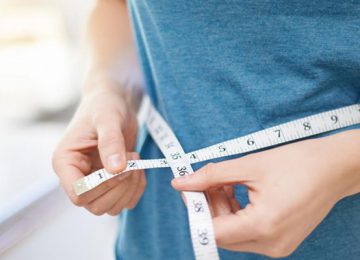
Reviews
Number of pending reviews15232